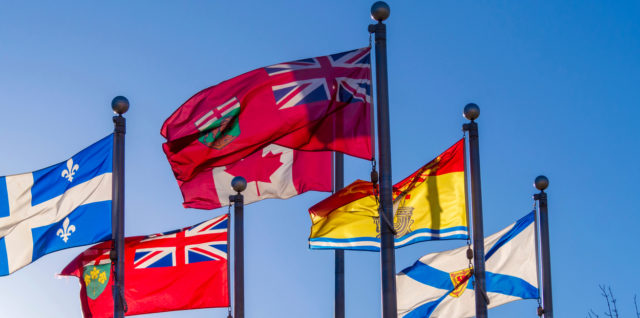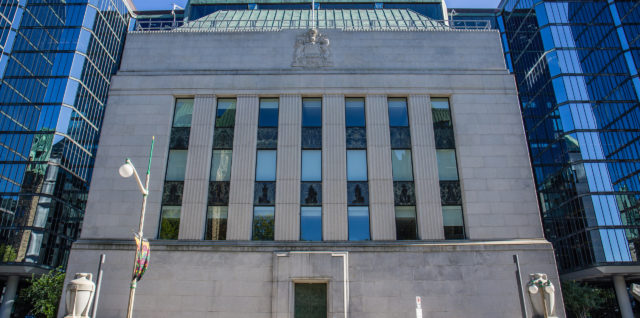The effect of COVID on provincial finances
While the economic and fiscal disruptions from COVID-19 were substantial, provincial governments across Canada fared far better than many anticipated. The latest data from Statistics Canada reveals the scale of the shock — with important implications for not only provinces, but also the federal government. Read this articleThe effect of COVID on provincial finances




